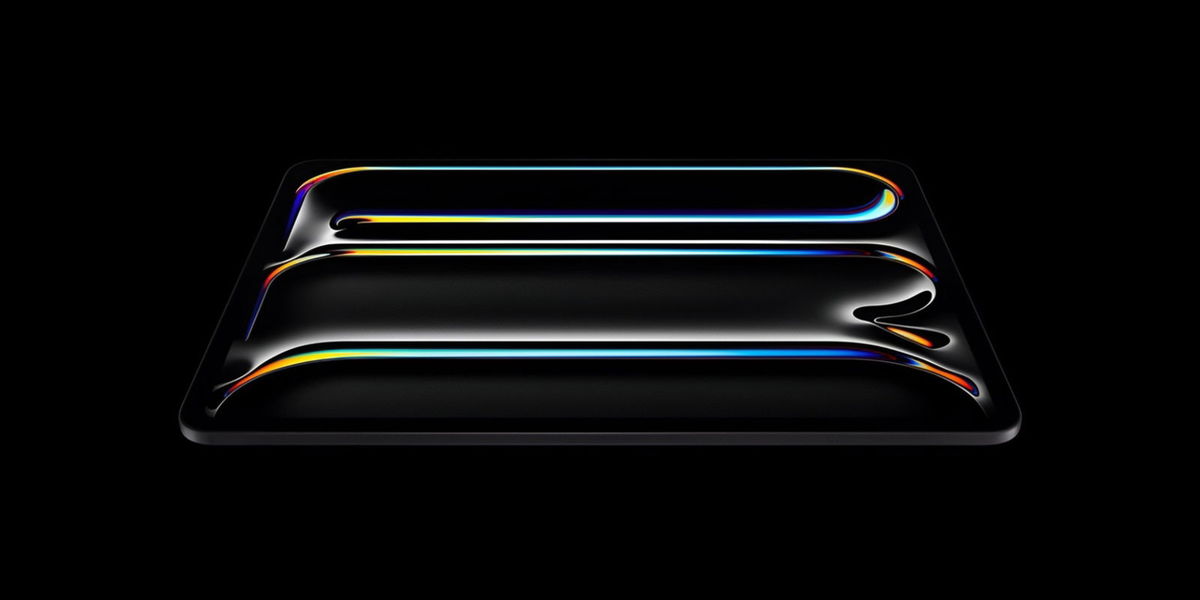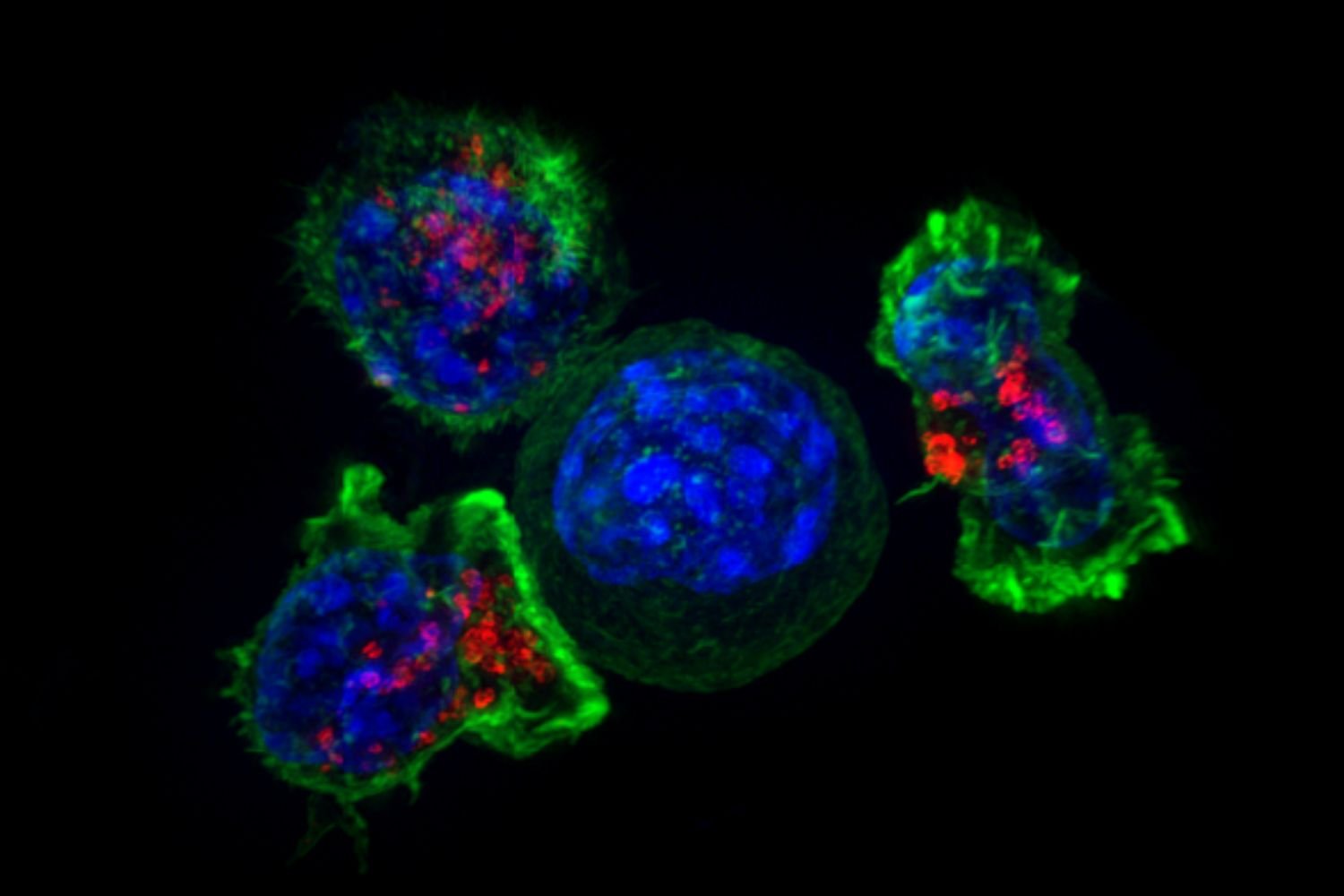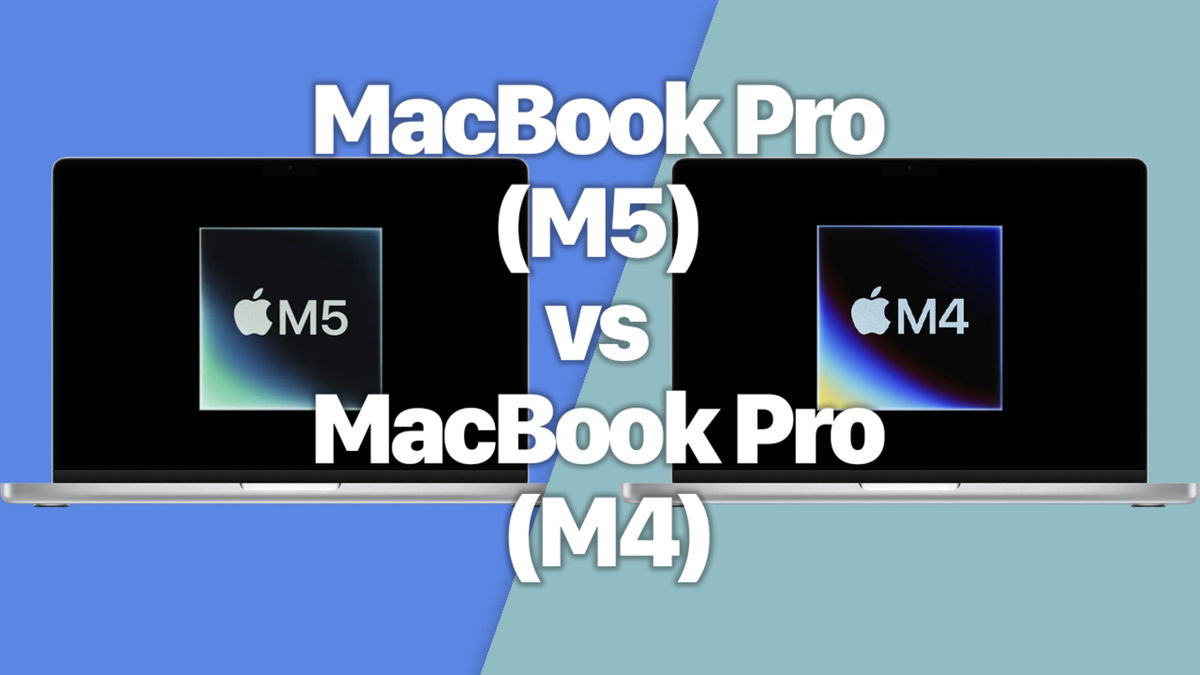Using aging mice, the researchers identified a new mechanism in neurons that causes memories associated with social interactions to deteriorate with age. They were also able to reverse this memory loss under laboratory conditions.
The researchers reported that their results identified a specific target in the brain that could be used in the future to develop a therapy that could prevent or reverse the memory loss caused by typical aging.
Such memories, which link together multiple pieces of information (for example, face and name) through personal interaction, called social relationship memories, require an enzyme known as PDE11A in the part of the brain responsible for memory associated with life experiences. In the new study, scientists were trying to determine the role of PDE11A in social associative memory in the aging brain and whether manipulation of this enzyme could be used to prevent memory loss.
Researchers can study mice’s “social interactions” with their neighbors by observing whether they are willing to try a new food based on their memories of encountering that food while inhaling another mouse. Mice do not like to eat new food, so they do not get sick or even die. When mice smell food on the breath of another mouse, they associate the smell of the food with the smell of the other mouse’s pheromones, and the memory of that scent serves as a safety signal that any food with that scent is safe to eat. in the future.
The scientists found that although the older mice were able to distinguish between food and social odors separately, they could not remember the association between them, which is reminiscent of cognitive decline in older people.
They also found that PDE11A levels increased with age in both humans and mice. This extra PDE11A in the hippocampus was just not where it would normally be in young mice; instead, it accumulated predominantly as small filaments in the compartments of neurons.
Source: Ferra










